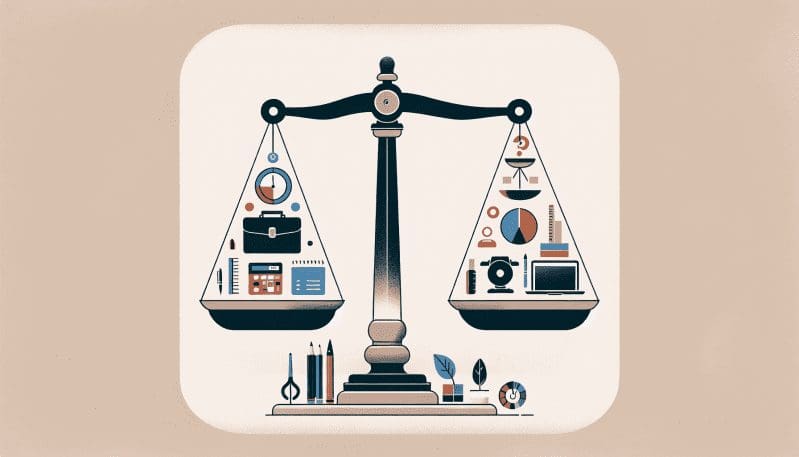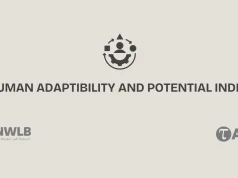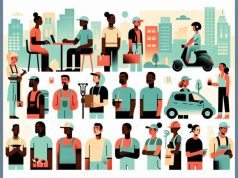In the bustling streets of New York, a new era of work is emerging – one that is marked not by the steady hum of the factory or the rhythmic tapping of the keyboard in the confines of a cubicle, but by the sporadic and dynamic pulse of the gig economy. This brave new world, driven by the app on your smartphone and the quest for flexibility, has opened up a Pandora’s box of opportunities and challenges.
The gig economy, characterized by short-term contracts or freelance work as opposed to permanent jobs, has been both lauded for its empowerment and maligned for its potential to exploit. With its roots deeply embedded in the entrepreneurial spirit, it seemingly offers a respite from the 9-to-5 grind, promising freedom to choose when to work, for whom, and for how long.
The upside is clear: Workers can potentially achieve a better work-life balance, enjoy a variety of tasks and projects, and have the ability to work from any location. For many, it is the embodiment of the American Dream in the 21st century – the freedom to be one’s own boss, to chase success on one’s own terms.
But beneath this shiny veneer lies a more complex reality. The absence of traditional job security, a lack of benefits such as healthcare and retirement plans, and the constant need for self-marketing can take a toll. Many gig workers find themselves working more hours for less pay, with no safety net if things go wrong, and the ‘freedom’ quickly morphs into a precarious juggling act.
In New York, where diversity is the lifeblood of the city, the gig economy has taken hold in unique ways. It has become a haven for creatives and professionals alike who seek to monetize their skills in a more flexible environment. Yet, it has also raised questions about the disparity between those who choose this path as a lifestyle and those for whom necessity has dictated this approach to work due to the erosion of traditional employment opportunities.
The legal and ethical implications are profound and unresolved. New York, like many places, grapples with how to classify gig workers. Are they independent contractors or employees entitled to benefits and protections? Legislation such as the New York State’s Unemployment Insurance Law remains a contentious battleground, reflecting the tension between protecting workers and fostering an environment conducive to innovation and growth.
Policy makers are now at a crossroads. They must find the delicate balance between erecting guardrails that prevent worker exploitation and erecting barriers that stifle the innovation that is the hallmark of the gig economy. They must answer the difficult question: What responsibilities do companies have to those who power this sector of the economy?
As we gaze into the future, it’s clear that the gig economy is not a passing fad, but a fixture that will continue to shape the landscape of work. For the workforce of New York and beyond, the question of whether this reality brings empowerment or exploitation is not just a philosophical musing – it’s a vital inquiry that will define the future of labor.
In conclusion, The Work Times invites you to reflect on this new frontier. Is the gig economy the trailblazer of modern autonomy or the harbinger of unrestrained market forces that threaten to undermine decades of labor rights? How we answer this question will have profound implications for workers, businesses, and the soul of New York City itself.




























